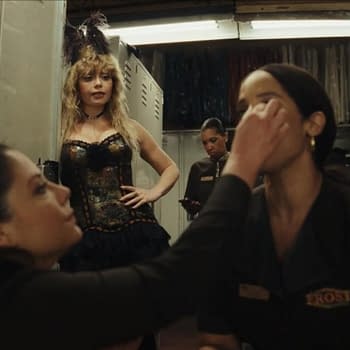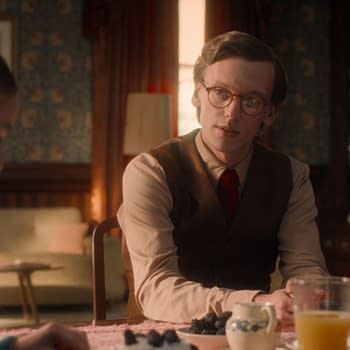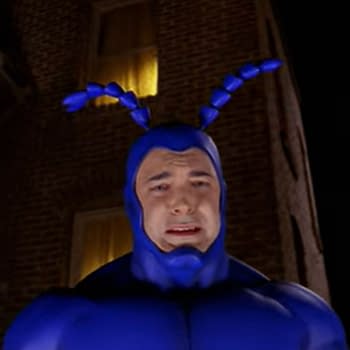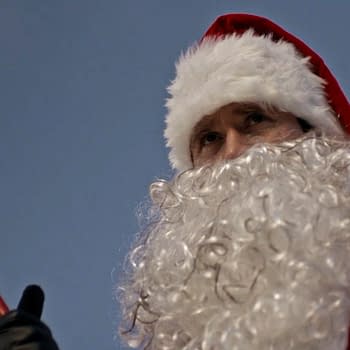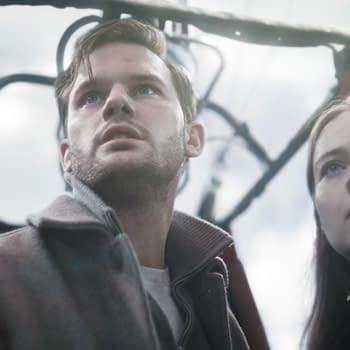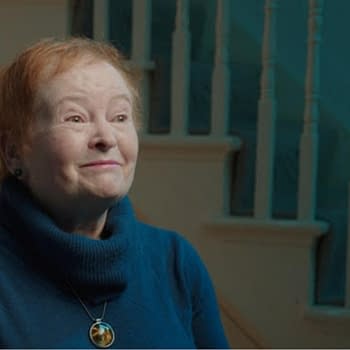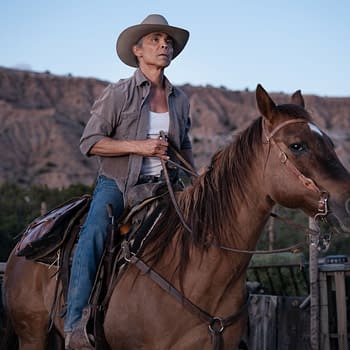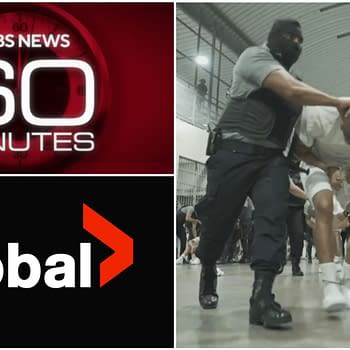Posted in: NBC, streaming, TV | Tagged: exclusive, Franco Bario, Good News, interview, nbc, peacock, Saved by the Bell, Tom Magill, Tracey Wigfield
Saved by the Bell Cinematographer on Bridging Old/New SBTB Generations
When Tracey Wigfield was tasked with rebooting the 1990's popular NBC Saturday morning series Saved by the Bell, she knew there were two important figures she had to get creatively involved: original series executive producer Franco Bario and cinematographer Tom Magill, both worked with her on the NBC series Great News. I spoke to Magill about the challenge of updating Bayside High and expanding to a grander scale for the NBC Universal reboot on its streamer service Peacock, how it retains familiar landmarks of the original Sam Bobrick series, and how the COVID pandemic affected filming from season one and two.
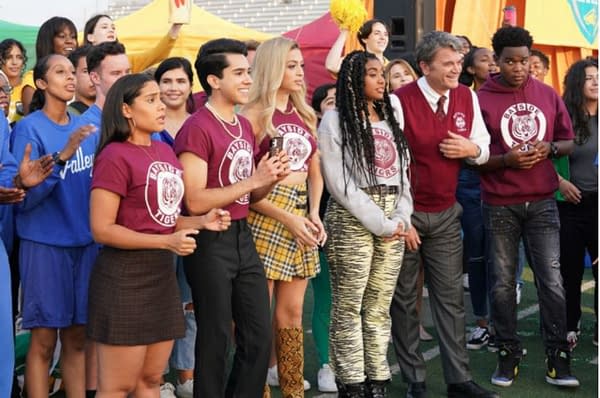
"I was in high school when the original series was on Saturday mornings," Magill said if he ever saw the series during its original run. "So as an 18-year-old, getting up at 7 or 8 a.m. on a Saturday morning wasn't something that was necessarily in my DNA at the time. Obviously, I knew of the show. When we were talking about the reboot and what we wanted to do with it, I went back and it was easy to reference all the original episodes and sort of pull some inspiration from the first seasons." He broke down the modernizing of the set. "As a Saturday morning show, the original series was almost cartoonlike. It was very bright and colorful because they had it sort of grabbed that audience. So when we are talking about the reboot many years later, we wanted to still have some of the fabric of the original woven throughout, but we also wanted to give it a current day look. So from set-pieces, the school Bayside is a lot nicer, but they still have that old original staircase that is so iconic to the original series. So we sort of kept that and built a new, basically a newly updated school around that. Look wise, the original was sort of a multi-cam kind of a feeling thing. So we went kind of 180 with that, which is more of a single cam feeling. So kind of with different cameras and newer cameras, newer technology, prime lenses instead of zoom lenses, and trying to fold in a lot more cinematic lighting. We were trying to update the look."
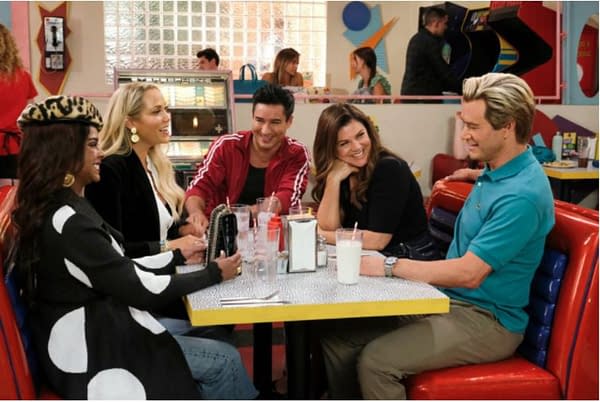
One of the improvements was the series' signature hangout place for students at The Max. "I don't think there was a lot of tweaking we had," Magill said. "The thing that's really unique about the reboot with The Max is you finally see that fourth wall. The original series was sort of a three-wall feeling set where they cut the front door and then they hopped into a booth and you're always looking back towards the windows. The reboot, you know, we can go 360 and now you see the whole food counter in the kitchen. So that was something really new that I think people, fans of the original show were maybe taken back at first." Late in Saved by the Bell's second season, audiences were physically introduced to the campus of Valley High School, which is Bayside's arch-rival. It's the polar opposite of the Tigers including their hangout place called "The Min."

"We tried to keep the palettes a little similar because we didn't want to tip our hand too much, and we sort of felt that it was funnier if they were almost in this exact parallel world," Magill said. "So it was sort of we redressed Bayside side with some more blue and some more Valley stuff, and it was really the same hallways, the same set pieces to kind of keep it in that surreal parallel universe." The most difficult aspect of filming didn't come from trying to update something from the NBC series, but a global crisis out of anyone's control.
"One of the things that was most challenging has been COVID because we started shooting season one before COVID hit, and then it was almost halfway through it. I think it was halfway through that we went through our first true lockdown and at the time, everyone's like, 'Maybe be out of work three weeks, and then it turned into almost six months.' So it was sort of challenging working through the protocols and then coming back for season two still being in those protocols, it just sort of takes so much more time. You're not able to work free and fast with certain protocols because at least with season one, you had to have certain people exit," Magill explained. "A whole large group of people exits a soundstage before you are able to bring in another crew to do some work and then they would have to leave for the other group would come in. So lighting and doing camera blocking was really challenging. You look at a show like 'Saved by the Bell' takes place at a high school and you think about the background actors we need to fill the hallway, to fill The Max, and fill gymnasiums. It's challenging because you read the script and you're like, 'OK, they're having a big dance at the gym. Great. It'll be packed with 200 extras and our cast, and it's going to look great.' Then you realize we can only have 50 extras, because of COVID protocols. So it's challenging to make schools feel real and gyms feel real and dancers feel real with a lot less people that we're allowed to populate the sets with."






